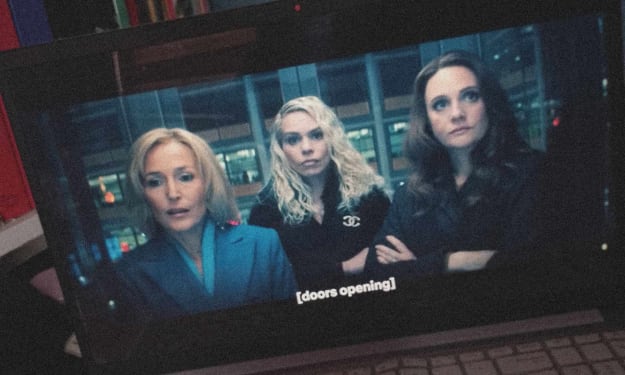Remote Patient Monitoring can Address Major Inequities in Senior Care
Remote Patient Monitoring

Remote patient monitoring (RPM) is the use of digital and telecommunication technology for monitoring patients outside medical settings. In other words, providers monitor patient vitals when the patients are not in a clinic or a hospital. The idea might seem novel, but the concept has been around for well over a decade. But few in the medical and legal circles gave it serious consideration.
There were personal gadgets like smartwatches and Fitbits that allowed people to monitor their activity levels, heart rate, the number of steps walked, and so on. But the Covid-19 pandemic got everyone thinking seriously about the benefits of remote patient monitoring technologies.
Caring for chronic conditions can be vigorous and consist of readmission. Elderly patients and those with chronic health such as post-surgery and cardiovascular problems require follow-ups and regular monitoring of vitals. Without a well-managed remote healthcare monitoring system, looking after such patients can be difficult. Remote health monitoring solutions make it easier to measure physiological parameters.
OSP can engineer remote patient monitoring solutions, including IoT, for improving the management of chronic conditions. We can help with the collection of real-time data such as blood glucose levels, blood pressure, weight, and so on. OSP’s custom remote monitoring system can also monitor heart rate and identify any concerns early on. Our monitoring device can provide physicians regular updates of the patients and notify them of any emergencies.
As the old saying goes - “Necessity is the mother of all invention.”
The social distancing and curfews enforced by the pandemic catalyzed the adoption of RPM technologies. The result is that remote patient monitoring tools went from being isolated try-outs to being accepted for their utility by the broader medical community. Subsequently, the demand for remote patient devices has skyrocketed and numerous entrepreneurs have developed innovative technologies to address this demand. In addition to that, venture capitalists and investors across the globe have been pouring vast amounts of money into startups that might become household names in the remote patient monitoring business.
Remote monitoring in healthcare involves one or more devices that collect medical data in real-time and transmit it to doctors. Needless to point out, this technology was extremely useful when everyone was locked indoors and access to care was difficult during the pandemic. During such trying times, the technology to enable physicians to see patients without being in the same building was a blessing.
Data collected is not of much use until it is analyzed accurately. The time-lapse between data collected from patients and analysis can take a while. However, delays or errors in data analysis can have severe health impacts. Remote patient monitoring solutions resolve issues through the use of patient monitoring systems.
OSP can develop cloud-based solutions and remote patient monitoring devices that simplify data sharing and diagnosis. Patient monitoring equipment gives error-free data that can be processed electronically. OSP’s customized remote healthcare monitoring system can evaluate real-time data without any time gaps. This health monitoring system enables physicians to assess patient data timely and take action without delays. A remote health monitoring system built by OSP supports real-time health analytics from remote locations through remote patient monitoring for home health.
The possibilities with such technology are many. Doctors, as well as experts on public health, have recognized the potential of remote healthcare monitoring for addressing many systemic inequities. People living in distant rural and underserved communities often struggle to access quality care. It is because such locations mostly tend to lack the facilities available in metropolitan cities. Coupled with telehealth solutions, a remote monitoring solution can collect medical data of people in one place and send it to specialists located in another place. The result is that people living in rural places won’t need to travel and still receive the care they need.
Eldercare has long been touted as one of the most important problems in healthcare that needs to be addressed immediately. The population is aging quickly. Over 40 million Americans are at least 65 years old. This number is only going to increase with each passing year. But the number of caregivers has not kept up with the growing demand. This could be a major concern for seniors at assisted living facilities and those that need constant home care. Medical remote monitoring devices could bridge the gap between available caregivers and the number of caregivers needed.
A single physician from his clinic could monitor the health vitals of a person who isn’t even in the same building. That patient could be miles away. One technician with training to operate an RPM device could collect real-time health information from patients at an assisted living facility and send it to the doctor. It eliminates the need for physicians or licensed caregivers to be at the facility. The potential of this technology is game-changing.
About the Creator
shawn davidson
I am a Healthcare enthusiast providing healthcare-related business services with modern tech solutions.






Comments (1)
Thanks, that's interesting. Can I share your ideas in my remote patient monitoring software article? Here: https://www.cleveroad.com/blog/remote-patient-monitoring-software/ With reference to you, of course.